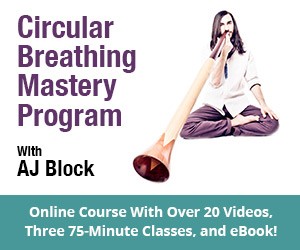The Beginner’s Guide to Combining Sound Healing Instruments
Sound healing is both an art and a science. Whether you’re playing for yourself, in a group, or leading a healing session, the instruments you choose can shape the energy of the entire experience. With so many options—crystal bowls, gongs, drums, didgeridoos, flutes, chimes—it can feel overwhelming to know what works well together. The good news is, you don’t need to be a trained music theorist to create a harmonious sound bath. With a little experimentation and some guiding principles, you can discover powerful combinations that flow naturally.
1. Start With Intention to Inform Your Instrument Selection

Before diving into technicalities, ask: What is the purpose of this session? or What is the purpose of my practice?
Examples of Common Intentions:
- Grounding and Calming: If your goal is to help yourself or others feel rooted and relaxed, instruments that emphasize low, steady vibrations are ideal. Think frame drums, didgeridoos, and large crystal or Tibetan bowls. These tones resonate with the lower chakras and create a sense of safety and stability.
- Uplifting and Energizing: When you want to raise the energy in a space—perhaps for celebration, inspiration, or group connection—add brighter, higher-pitched instruments. Bells, rattles, high flutes, or koshi chimes can create a sparkling atmosphere that feels light and expansive.
- Deep Meditation and Inner Journeying: For sessions focused on exploration of inner landscapes, gongs, monochords, and long drone instruments are especially powerful. Their sustained, immersive tones help listeners drop into trance states and open to deeper consciousness.
- Cleansing and Release: If your intention is to clear stagnant energy, sharp sounds like tingshas or a chakapa (leaf rattle) can cut through heaviness. Combine them with grounding tones to both release and stabilize.
Once your intention is clear, it becomes easier to choose not just your instruments, but also how you use them. For example:
- A grounding session might use a slow, steady rhythm on a drum.
- An uplifting session might layer quick, playful chime patterns.
- A cleansing session could alternate sharp accents with moments of silence to “reset” the energy.
The intention behind the session will guide your choice of instruments more than anything else.
2. Listen for Natural Resonance

Some instruments seem to “talk” to each other. Strike a crystal bowl and then tap a chime—if the vibrations feel like they melt into one another rather than clash, you’ve found a resonant pairing. The human ear can often sense harmony without needing to analyze specific notes. Trust your instincts: if it feels soothing, it probably is. You don’t need to know music theory to hear it—your body will usually feel it first.
When two instruments are resonant, their tones blend into each other effortlessly. Instead of clashing or feeling “off,” the sounds create a wave that feels smooth and whole. Imagine striking a crystal bowl and then gently playing a flute beside it. If the tones feel like they melt into each other, that’s resonance.
Play in Pairs: Choose two instruments and play them back-to-back or simultaneously. Notice if one feels like it extends the sound of the other.
Follow Your Body: Do you feel the vibration in your chest, head, or spine? Resonant instruments often activate the body in a unified way.
Check the After-Sound: After you stop playing, listen closely. Does the resonance linger in the air, weaving the two tones together? Or does it feel like they cancel each other out?
Try Different Combinations: A low didgeridoo might ground the deep tone of a drum, while the bright shimmer of a bell may lift the vibration of a crystal bowl.
Resonance doesn’t just make instruments sound good together—it amplifies their healing effect. When sounds reinforce each other, they create a more immersive and cohesive sonic field. This can help listeners sink into relaxation, meditation, or trance states more easily.
Resonance is also highly personal. What feels deeply harmonious to you may feel too sharp or heavy for someone else. That’s why experimentation and attentive listening are essential in building your own sound healing toolkit.
3. Pay Attention to Pitch and Key

For those who want to go a little deeper musically, matching pitch can be helpful.
- Crystal singing bowls often come tuned to specific notes. For example If you have bowls in C, E, and G, they’ll form a natural chord that blends easily.
- Flutes or didgeridoos may also be tuned to particular keys. Pairing them with bowls or chimes in the same key ensures they won’t feel dissonant.
- Drums, rattles and chakapas are less about pitch and more about texture, so they often complement almost anything.
- Gongs are quite complicated as they often stand alone sonically, but can also be paired with certain pitched instruments to great effect.
While you don’t need to be a musician to create a powerful sound healing experience, having some awareness of pitch and key can make your sessions smoother and more cohesive. Pitch refers to how high or low a sound is, while key describes a group of pitches that naturally work together. When instruments are in tune with one another, the experience feels flowing and harmonious. When they clash, it can create tension or discomfort.
Each sound healing instrument produces specific tones. A crystal bowl tuned to C, for example, will always vibrate at that note. If you add another bowl or flute in the key of C, the sounds will feel like they belong to the same “family.” But if you play a bowl in C with another tuned to F#, the result might feel jarring unless you balance it carefully with other instruments.
Don’t get stuck thinking everything has to match perfectly in key. Sometimes a little dissonance (clashing pitches) adds color and intensity before resolving back into harmony. The key is to use your ear and intuition. If it feels soothing and expansive, it’s working. If it feels harsh or unsettling, shift your instrument choices.
Pro Tip: If you’re building a collection of instruments, try starting with one “home base” pitch (like a crystal bowl in C) and then add complementary instruments in related notes (like a C minor chime or other bowls in E and G). Over time, you’ll naturally develop a set that blends beautifully without needing to overthink it.
4. Balance Highs, Mids, and Lows

Think of your soundscape like a balanced meal. Too many high-pitched chimes can feel sharp or overstimulating. Too many low-frequency drums or bowls can feel heavy. A blend of the 3 following elements creates richness and depth, like a full symphony:
- Low tones (didgeridoo, large bowls, frame drums)
- Mid tones (flutes, medium bowls, small gongs)
- High tones (chimes, bells, rattles)
Understanding the Ranges
- Low tones: These are the grounding sounds that connect us to the earth and the body. Instruments like didgeridoos, bass drums, large crystal or Tibetan bowls, and low gongs create deep vibrations that are felt as much as heard. They are stabilizing, calming, and supportive for grounding and root chakra work.
- Mid tones: The “bridge” between the grounding lows and soaring highs. Midrange sounds are often the most versatile, providing warmth and fullness without being overpowering. Flutes, medium-sized bowls, and many rattles fall into this category. They can carry melody and add movement to a soundscape.
- High tones: These sparkling, ethereal sounds add clarity and brightness. Instruments like koshi chimes, bells, tingshas, and high-pitched crystal bowls can lift the energy, open the upper chakras, and bring lightness into the field.
Why Balance Matters
- Too many lows: The session may feel heavy, sleepy, or overly intense.
- Too many highs: The soundscape risks becoming sharp, restless, or overstimulating.
- Too many mids: The session may feel flat, with no grounding or transcendence.
A thoughtful mix ensures the listener is both anchored and uplifted, creating a holistic experience.
Practical Balancing Techniques
- Layering: Start with a low drone (like a didgeridoo or large bowl), then add mid tones with a flute or drum rhythm, and finally sprinkle in high tones with chimes or bells.
- Call and Response: Let a low instrument “speak,” then answer with a high instrument, with a midrange sound bridging the two. This creates a dialogue between frequencies.
- Dynamic Flow: Begin with grounding lows, rise into mids, peak with bright highs, and then gently return to low grounding tones for closure. This arc mirrors a natural journey and helps participants integrate the experience.
- Intuitive Mixing: If you’re not sure where to start, simply experiment. Strike a low bowl, then play a chime over it. How does it feel? Add a mid-tone flute—does it glue the sounds together? Adjust until the balance feels right in your body.
Think of a sound journey as a three-part recipe:
- Base (Low tones): Provides stability.
- Body (Mid tones): Adds movement and melody.
- Brightness (High tones): Lifts and illuminates.
When all three are present, your soundscape becomes multi-dimensional and deeply nourishing.
5. Experiment With Layers and Space

One of the most transformative aspects of sound healing is how different tones and textures interact over time. It’s not only about which instruments you play, but also about how you layer them and the space you leave between sounds. Skilled sound healers know that silence is just as powerful as vibration—the pauses allow participants to integrate and deepen into the experience.
Layering means playing multiple sounds in combination to create depth, dimension, and movement in your soundscape. Some instruments are naturally well-suited as a foundation, while others shine as accents.
- Foundational Layers (the “bed” of sound): These are long, steady tones that create a sonic container. Examples include didgeridoos, monochords, shruti boxes, or large crystal bowls. They give your sound bath a sense of grounding and continuity.
- Melodic or Rhythmic Layers: Instruments like flutes, handpans, or drums can weave patterns over the foundation. These layers add narrative, movement, or pulse to the session.
- Accent Layers: Chimes, bells, rattles, and rainsticks can be sprinkled in to highlight transitions or add sparkle. They’re like spices in a dish—small but impactful.
A well-layered sound journey feels immersive, like stepping into a three-dimensional world of vibration.
Working With Space
Space is the counterbalance to layering. It’s the silence, the breath, the moments of stillness between sounds. Too much layering without space can overwhelm the listener. Strategic pauses give participants time to absorb the vibrations and let their bodies reset.
- Use silence as integration time: After a gong crash or a deep drum roll, pause. Notice how the room still vibrates even after you’ve stopped playing.
- Create contrast: Pair dense, layered passages with moments of near-silence to guide listeners through peaks and valleys.
- Allow instruments to “speak” alone: Instead of constantly overlapping sounds, sometimes let one instrument play solo and be fully heard.
Thoughtful layering and intentional silence guide the listener’s nervous system. Dense layers can induce altered states or deep immersion, while silence and simplicity allow the body to release and integrate. Together, they create a sound journey that feels dynamic, spacious, and whole.
6. Trust the Energy of the Moment
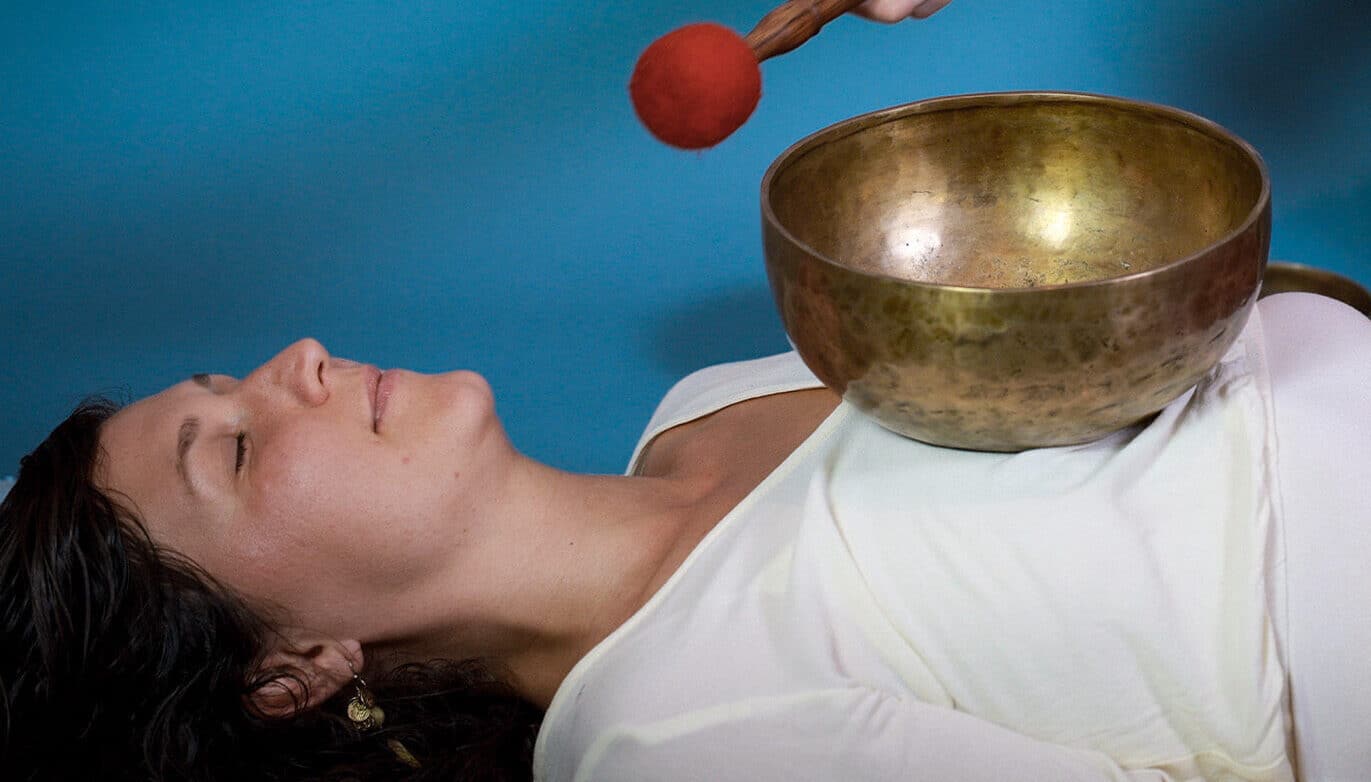
Perhaps the most important tip: stay present. Instruments that “should” work together in theory might not feel right in a given moment. Let your intuition, your body, and the energy of the space guide you. Sometimes the most unexpected pairings—like a rainstick with a didgeridoo—create the most magical synergy.
While technique, pitch, and balance are important, some of the most profound sound healing happens when you let go of rules and trust the energy of the moment. Every sound journey is alive and unique—what feels right one day may feel completely different the next. This is because sound is not just about instruments; it’s also about the space, the people present, and the energy flowing through you as a facilitator.
When you drop into presence, you begin to sense more than just “what sounds good.” You feel into the energy of the room, the mood of the group, or even the inner guidance of your own body. Sometimes a drumbeat wants to rise even if you hadn’t planned it. Sometimes the silence stretches longer than expected because it feels right. This intuitive responsiveness is at the heart of sound healing.
- Different groups, different needs: A morning session for children might call for playful chimes and light rhythms, while an evening sound bath for adults may invite deeper drones and slower pacing.
- Personal energy shifts: As a facilitator, your state of being influences the sounds you choose. Some days you’ll feel drawn to gentle, airy tones; other days, grounding and rhythmic beats.
- Environmental factors: Outdoor settings, natural acoustics, or the presence of background sounds (like water or wind) may shift what instruments feel most appropriate.
Practical Ways to Tune Into the Moment
- Begin with stillness: Before playing, take a few breaths and notice the energy in the space. Is it restless, heavy, light, or expansive?
- Use your body as a guide: Notice how each sound feels in your chest, spine, or head. If it feels aligned in your body, it’s more likely to support others as well.
- Follow the audience: Pay attention to breath patterns, body language, or even subtle shifts in facial expressions. They often tell you when it’s time to slow down, build, or change textures.
- Let instruments “call” to you: Sometimes you’ll feel pulled toward an instrument you hadn’t planned to use. Trust that impulse—it often leads to surprising and powerful moments.
Some of the most magical combinations arise spontaneously. A rainstick might suddenly complement the drone of a didgeridoo in a way you hadn’t imagined. A gong strike might feel perfect in a moment of silence, even if it wasn’t “on schedule.” These unplanned synergies can create the most memorable and healing experiences.
Ultimately, sound healing is less about perfection and more about presence. The best sessions don’t follow a script—they emerge organically from the meeting of instruments, space, and people. By trusting the energy of the moment, you allow the sound to become a living, breathing force of transformation.
Our Ready-Made Instrument Kits for Every Sound Healer
We at Didge Project have put together 4 sound healing instrument bundles so that you or someone you love can give a boost to your sonic offering. These kits give you an instant set of instruments that already work beautifully together. Instead of spending hours researching keys, tones, and textures, you can dive straight into the joy of sound healing with confidence.
These bundles also save you $100 to $150 compared to buying each instrument separately. Check out the demo video for each kit so you can see and hear how the instruments blend before choosing.
Here are the four bundles:
-Water Koshi Chime
-18″ Wave Drum
-“A” Crystal Bowl with Wand
-“A” Abuelo Flutes from La Rosa Flutes
-“A Akebono” Tongue Drum with bag and mallets
-Earth Koshi Chime
-Sansula in C Minor
-D Crystal Bowl with Wand
-Svaram Swing Chimes – Pygmy 9 Bar
-Shruti Box
-Water Koshi Chime
-Sansula in D Minor
-D Crystal Bowl with Wand
-D Amara Octave Steel Tongue Drum with mallets & carrying case
-Svaram Swing Chimes – D Celtic Minor 9
-D Abuelo Flute by La Rosa Flutes
Final Thoughts on Combining Sound Healing Instruments
There’s no rigid formula for figuring out which sound healing instruments work together. Think of it less as a puzzle to solve and more as a dialogue. The instruments are having a conversation, and your role is to facilitate their meeting. By listening deeply, experimenting freely, and holding clear intention, you’ll discover combinations that not only sound beautiful, but also create profound shifts in energy and consciousness.
And if you’d like a head start, our Didge Project Sound Healing Bundles are an easy way to step into this world with instruments that are proven to harmonize.


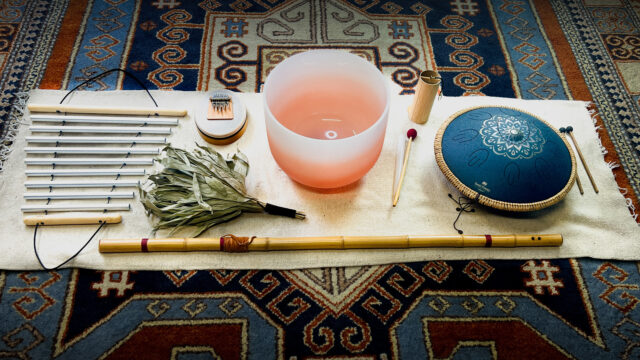



















 Here are some tips on holding or positioning the metal singing bowl and mallet, selecting the proper mallet, and finding the right playing techniques for optimal sound:
Here are some tips on holding or positioning the metal singing bowl and mallet, selecting the proper mallet, and finding the right playing techniques for optimal sound:




 Although it is unclear as to where the rain stick originated, some site Central America with the Aztecs, some South America with the Mapuches, and others in Australia with Aboriginal people, the purpose for the rainstick seems to be unanimous – to call the rain or rain gods and bring rain to crops.
Although it is unclear as to where the rain stick originated, some site Central America with the Aztecs, some South America with the Mapuches, and others in Australia with Aboriginal people, the purpose for the rainstick seems to be unanimous – to call the rain or rain gods and bring rain to crops.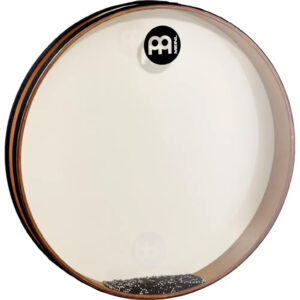







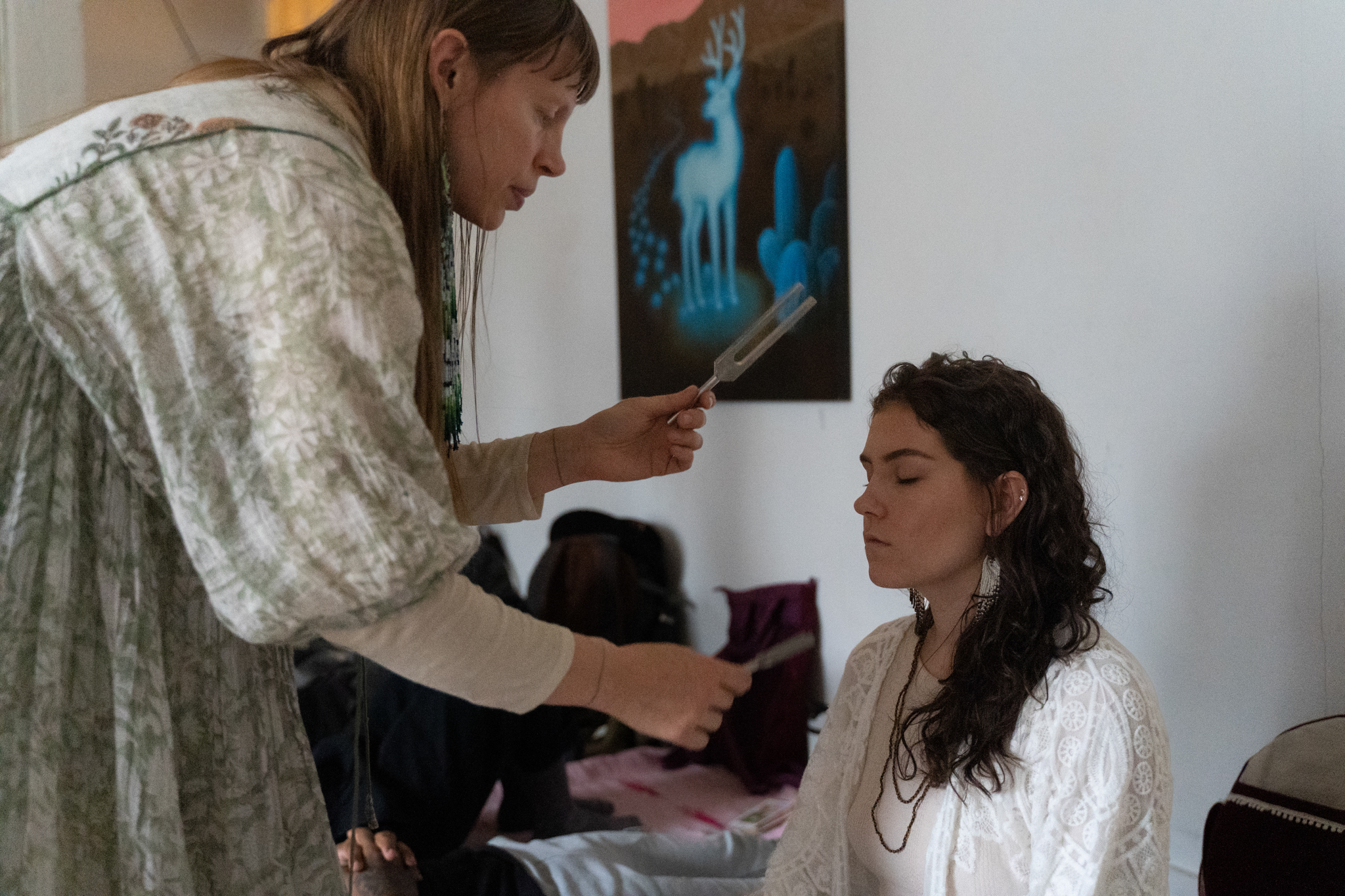

 Gongs are another metal instrument that has been used for meditative and medicinal purposes in different cultures dating back around 5,000 years. The long, sonic waves reverberate through the physical body and induce deep relaxation through a somatic experience. The sound of the gong depends on the size, shape, tuning, and build, and will also be influenced largely by the sound healing practitioner, whether you use it as a drum or percussive anchor, or whether it is used as an intuitive backdrop for other sounds.
Gongs are another metal instrument that has been used for meditative and medicinal purposes in different cultures dating back around 5,000 years. The long, sonic waves reverberate through the physical body and induce deep relaxation through a somatic experience. The sound of the gong depends on the size, shape, tuning, and build, and will also be influenced largely by the sound healing practitioner, whether you use it as a drum or percussive anchor, or whether it is used as an intuitive backdrop for other sounds.






 Sound instruments like singing bowls and flutes offer rich overtones that differentiate them from traditional Western instruments. Their unique sound quality enhances the meditative and healing experience. Instruments from diverse cultures often carry a spiritual or intentional design, enhancing their effectiveness in healing and meditation. Many have been used for thousands of years with deep-rooted significance. The connection between music and nature evokes primal elements of life, allowing individuals to experience deeper listening and relaxation through harmonically rich instruments. Engaging with these sounds encourages a unique mental and emotional integration process. Imagining nature can inspire creativity in music-making, linking human experiences to fundamental elements like wind and rain, enhancing emotional responses to sound.
Sound instruments like singing bowls and flutes offer rich overtones that differentiate them from traditional Western instruments. Their unique sound quality enhances the meditative and healing experience. Instruments from diverse cultures often carry a spiritual or intentional design, enhancing their effectiveness in healing and meditation. Many have been used for thousands of years with deep-rooted significance. The connection between music and nature evokes primal elements of life, allowing individuals to experience deeper listening and relaxation through harmonically rich instruments. Engaging with these sounds encourages a unique mental and emotional integration process. Imagining nature can inspire creativity in music-making, linking human experiences to fundamental elements like wind and rain, enhancing emotional responses to sound.
